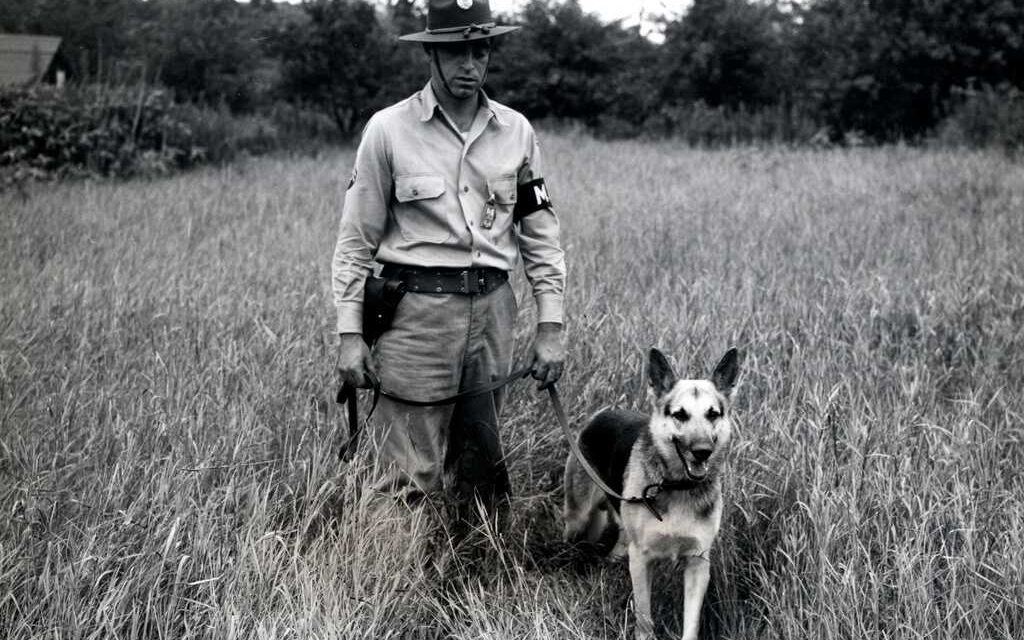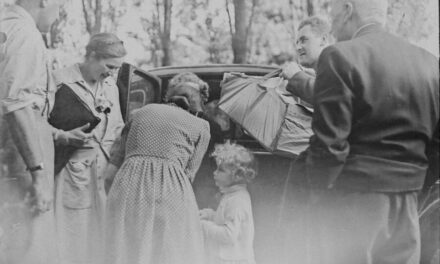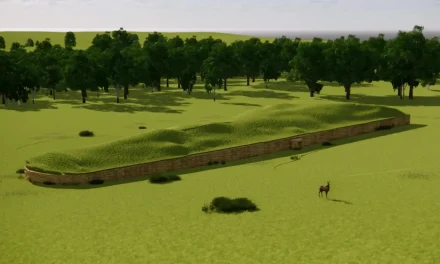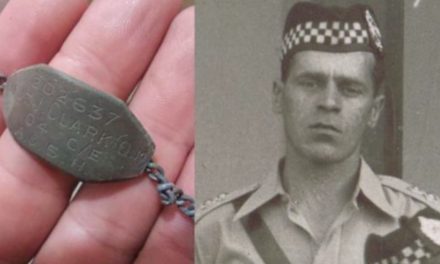In an interesting development, the Pima County Medical Examiner’s Office has successfully resolved a 2008 cold case, identifying the remains of a man found in Vernon, Arizona, as Lawrence Edward Knoblauch/Rockafellow. This achievement is the result of innovative forensic investigative genetic genealogy (IGG) techniques combined with public participation in genealogy databases.
The identification of Knoblauch/Rockafellow, whose remains were examined in 2008 by forensic pathologist Dr. Bruce Anderson, marks a pivotal moment in the application of genetic genealogy to forensic science. The process began with the analysis of a bone sample from the deceased, which revealed a suspicious fracture. While Vernon is outside Pima County, the Medical Examiner’s Office extended its resources to assist with the case.
The breakthrough came when DNA Hawkshaw, an IGG group collaborating with the Pima County Medical Examiner’s Office, arranged for the bone sample to be sent to a specialized lab. The lab successfully created a DNA profile, which was uploaded to public genealogy databases similar to those used by companies like 23andMe and Ancestry.com. This led to a match with a distant cousin and, through traditional genealogy methods, to a potential sister of the deceased living in western Arizona.
To confirm the relationship, the sister underwent a traditional DNA test, the results of which were conclusive. This identification provides a crucial first step in understanding what happened to Knoblauch/Rockafellow and possibly uncovering the circumstances surrounding his death.
Dr. Anderson emphasized the importance of public involvement in genealogy databases, particularly noting that while this method has solved several cases, its effectiveness is limited by the relatively low number of people who opt to share their DNA data publicly. He pointed out that only about 10% of individuals hit the “share” button on these platforms, with a higher proportion of white Americans participating compared to non-white Americans. This disparity can hinder efforts to use genetic genealogy in a more diverse range of cases.
The Pima County Medical Examiner’s Office currently has over 1,500 unresolved cases, any of which could potentially be solved with the help of public DNA data. Dr. Anderson and his team are encouraging more people to contribute by sharing their genealogy results, which could play a vital role in identifying unknown individuals and bringing closure to families who have been waiting for answers.
For those interested in contributing, the process involves downloading raw genealogy data from popular platforms such as 23andMe, Ancestry.com, MyHeritage, or LivingDNA. This data can then be uploaded to one of the three services accessible to IGG groups: GEDmatch, DNA Justice, or FTDNA. FTDNA is unique in that it offers a direct-to-consumer test with an opt-in feature for IGG sharing.
This case illustrates the power of combining advanced forensic techniques with public cooperation. As more people choose to share their genealogy data, the potential to solve cold cases and bring closure to affected families grows exponentially. The identification of Lawrence Edward Knoblauch/Rockafellow is a testament to this potential and the hope it offers for future cases.




